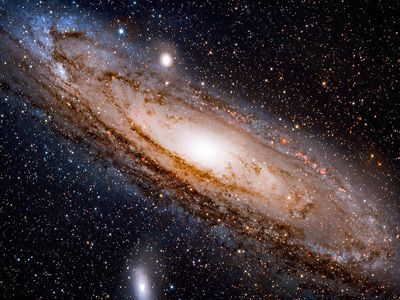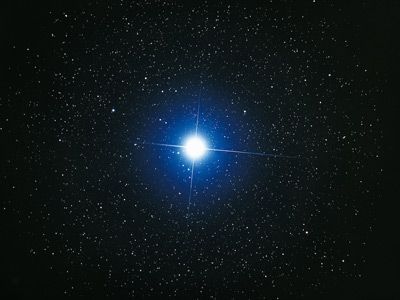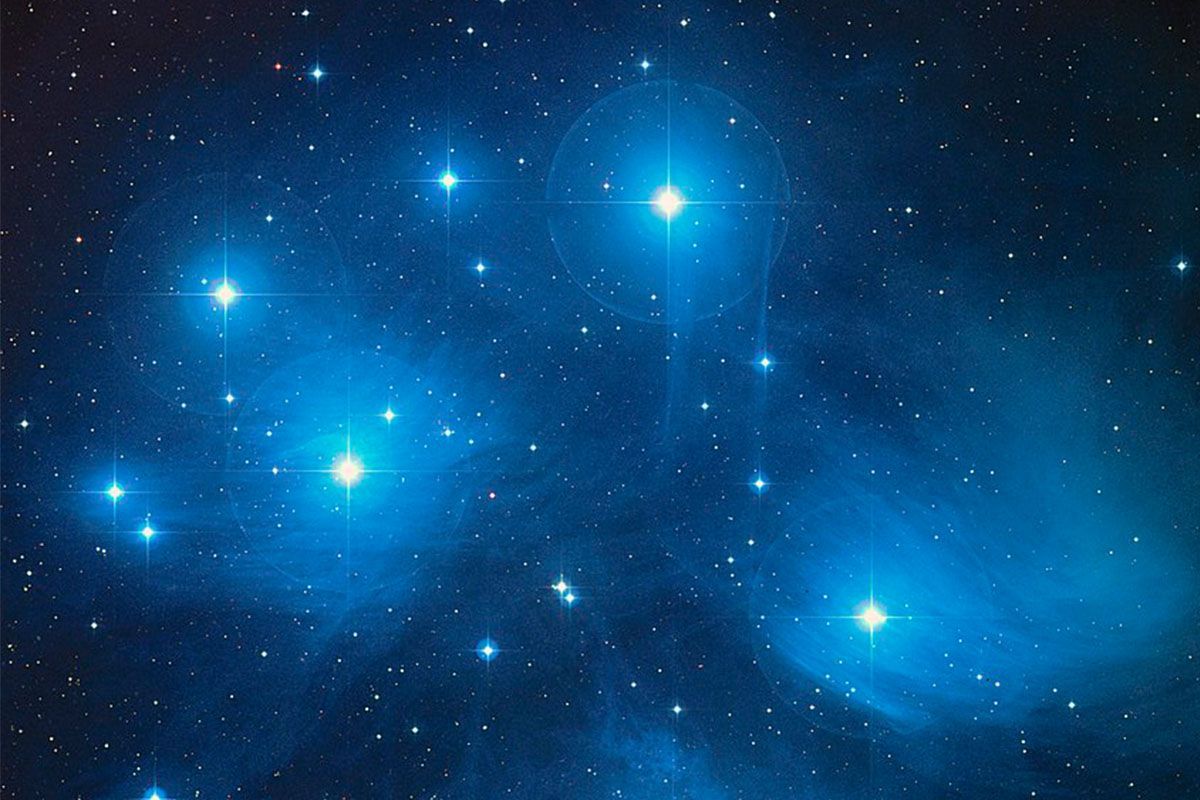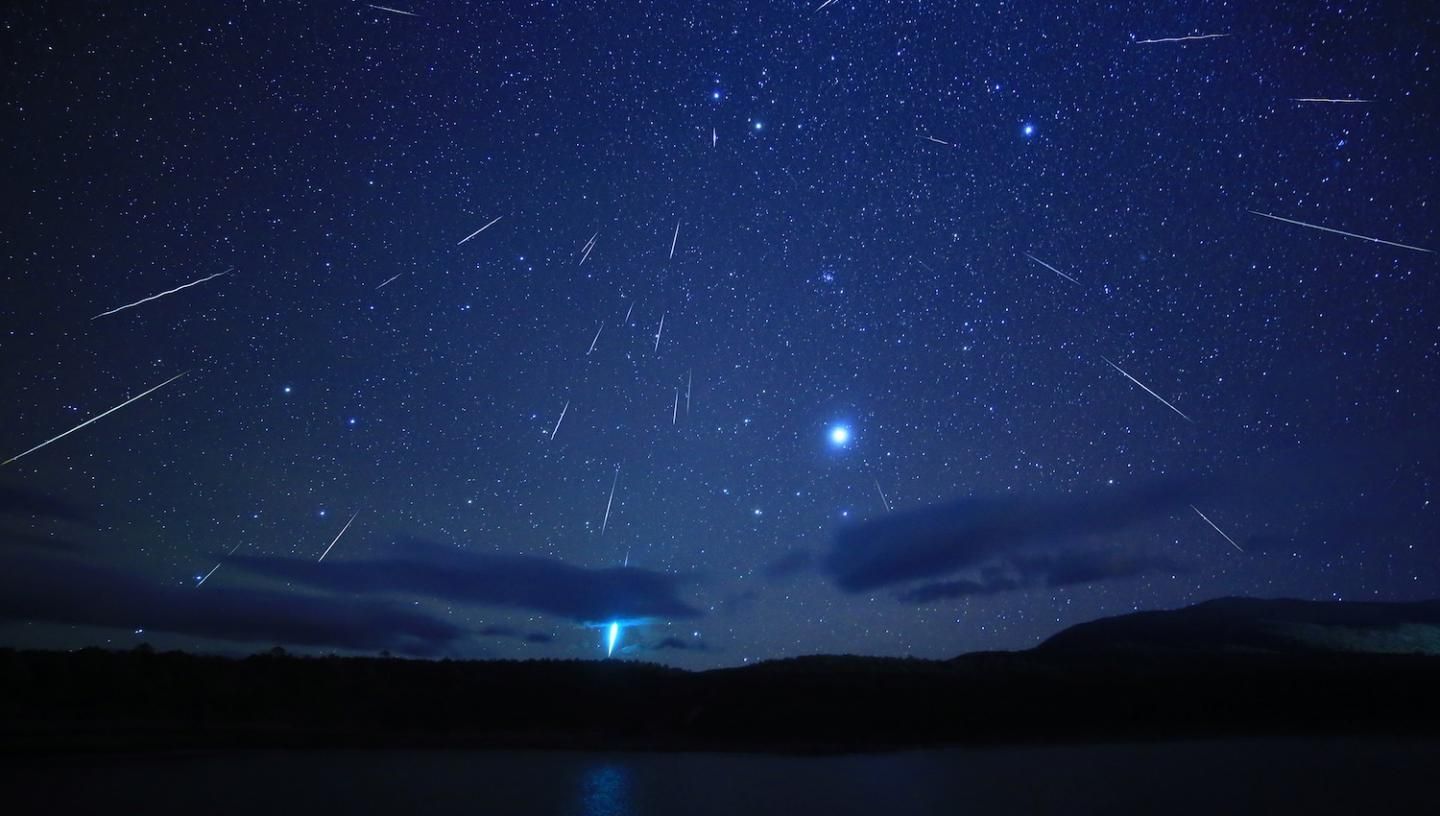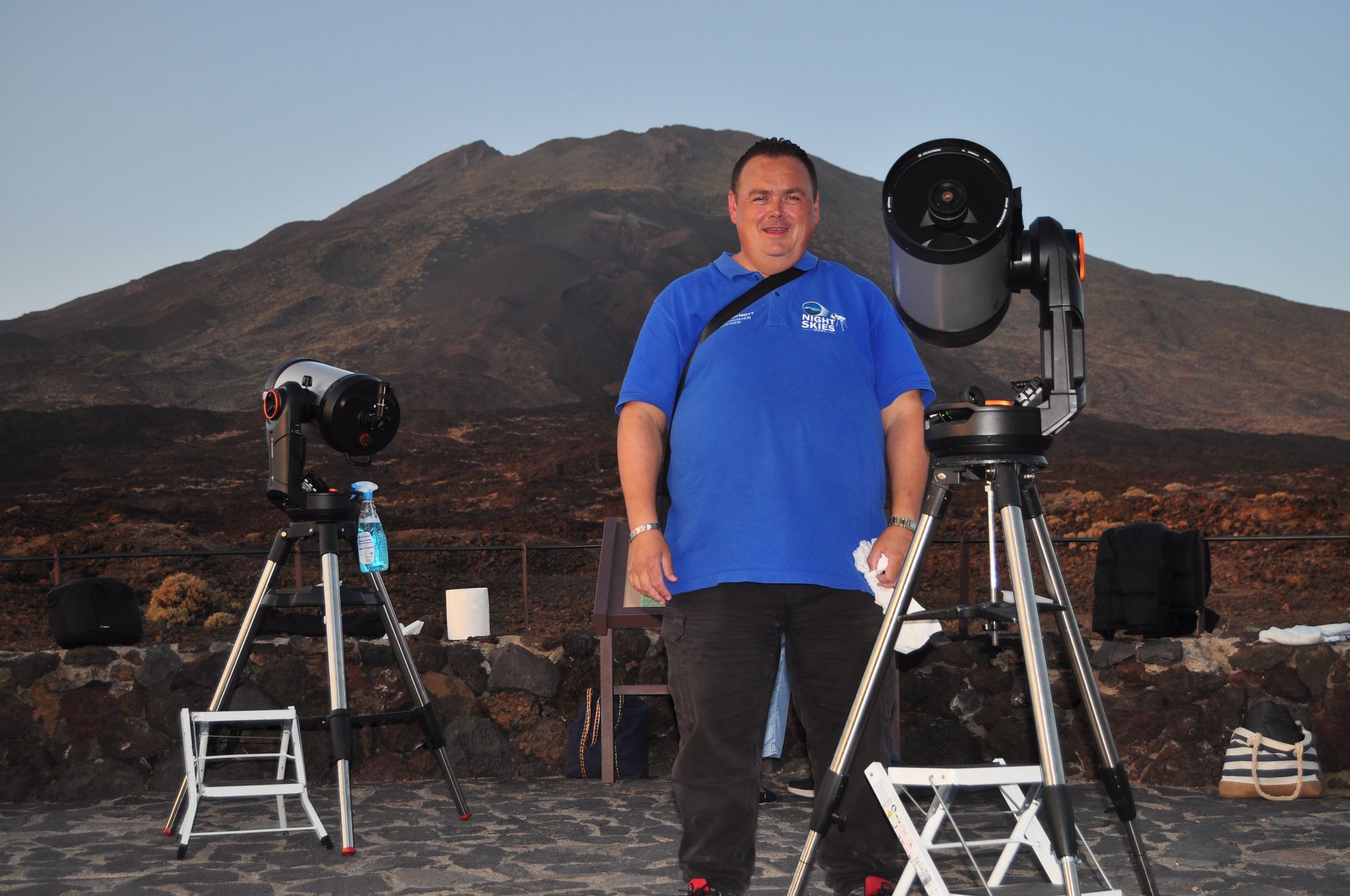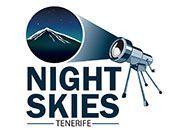June Skylights with Kieran Mynott
The darkest skies and the best stargazing conditions begin a few days after the full moon on June 11th and continue for about three weeks. The nights surrounding Father’s Day, on June 15th, will be perfect for stargazing in Tenerife.
Arcturus, the 4th brightest star in the night sky, The Ring Nebula, a prime target for astrophotographers and amateur astronomers, Beehive Cluster, the nearest and one of the brightest open clusters to Earth and the spectacular Great Globular Cluster of Hercules are all visible in the crystal clear June Night Skies of Tenerife.
With The Eyes...
Zodiac constellations and shooting stars fill the sky! By the end of the month, the core of our galaxy will begin to rise, appearing like steam rising from the Teapot asterism in the constellation Sagittarius.
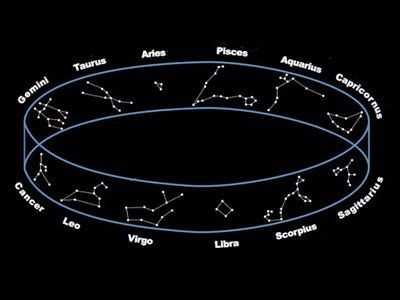
Through the scopes...
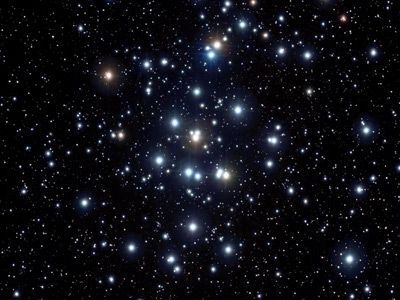
Beehive Cluster
The Beehive Cluster, also known as Messier 44 (M44) or Praesepe, is an open star cluster in the constellation Cancer. It's one of the nearest open clusters to Earth and one of the brightest in the night sky, making it ideal for wide-field astrophotography. Containing hundreds of star it makes for a beautiful, glittering image.

Ring Nebula (M57)
Messier 57, also known as the Ring Nebula, is one of the most famous and well-studied planetary nebulae in the night sky.
At the heart of the Ring Nebula lies a white dwarf—the intensely hot, exposed core of the original star. This remnant emits powerful ultraviolet radiation, which energizes the surrounding gases and causes them to emit light, creating the nebula’s distinctive glow.

Arcturus Star (Guardian of the Bear)
Arcturus, also known as the Guardian of the Bear, is one of the most brilliant and prominent stars in the night sky.
A red giant star, Arcturus is the brightest star in the constellation Boötes, which lies near Ursa Major, the Great Bear. You can easily locate it by following the arc of the Big Dipper's handle—"Arc to Arcturus." This makes it a favourite for both amateur and seasoned stargazers.
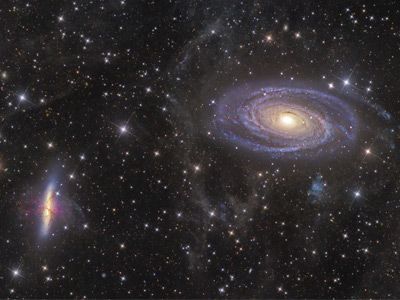
M81 & M82
M81 (Bode’s Galaxy) and M82 (Cigar Galaxy) are one of the most iconic galaxy duos in the night sky. They’re both located in Ursa Major, only about 38 arcminutes apart, making them a perfect pair to capture in a single frame. The two galaxies are gravitationally bound and will eventually join as one in our solar system
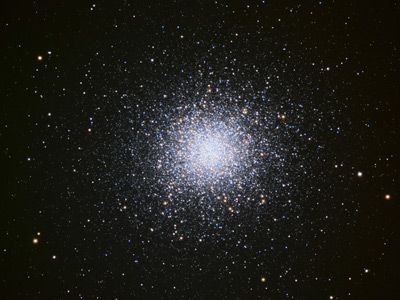
The Great Globular Cluster of Hercules (Messier 13)
The Great Globular Cluster in Hercules, also known as Messier 13 (M13) or NGC 6205, is a prominent globular cluster located in the constellation Hercules. It's one of the brightest and most easily visible globular clusters from the Northern Hemisphere. M13 contains over 100,000 stars and is a popular target for amateur astronomers.
The Moon Phases
For the darkest skies and the most stars, the best time is a couple of days after the full moon, for three weeks. Father's day on the 15th will be the ideal time for stargazing in June.
New Moon
27th May - The moon will be completely dark and not visible from Earth.
First Quarter
3rd June - The right half of the moon will be illuminated, providing good viewing conditions.
Full Moon
11th June - The entire face of the moon will be illuminated, making it bright and prominent in the night sky.
Last Quarter
18th June - The left half of the moon will be illuminated as it transitions back to a new moon.



